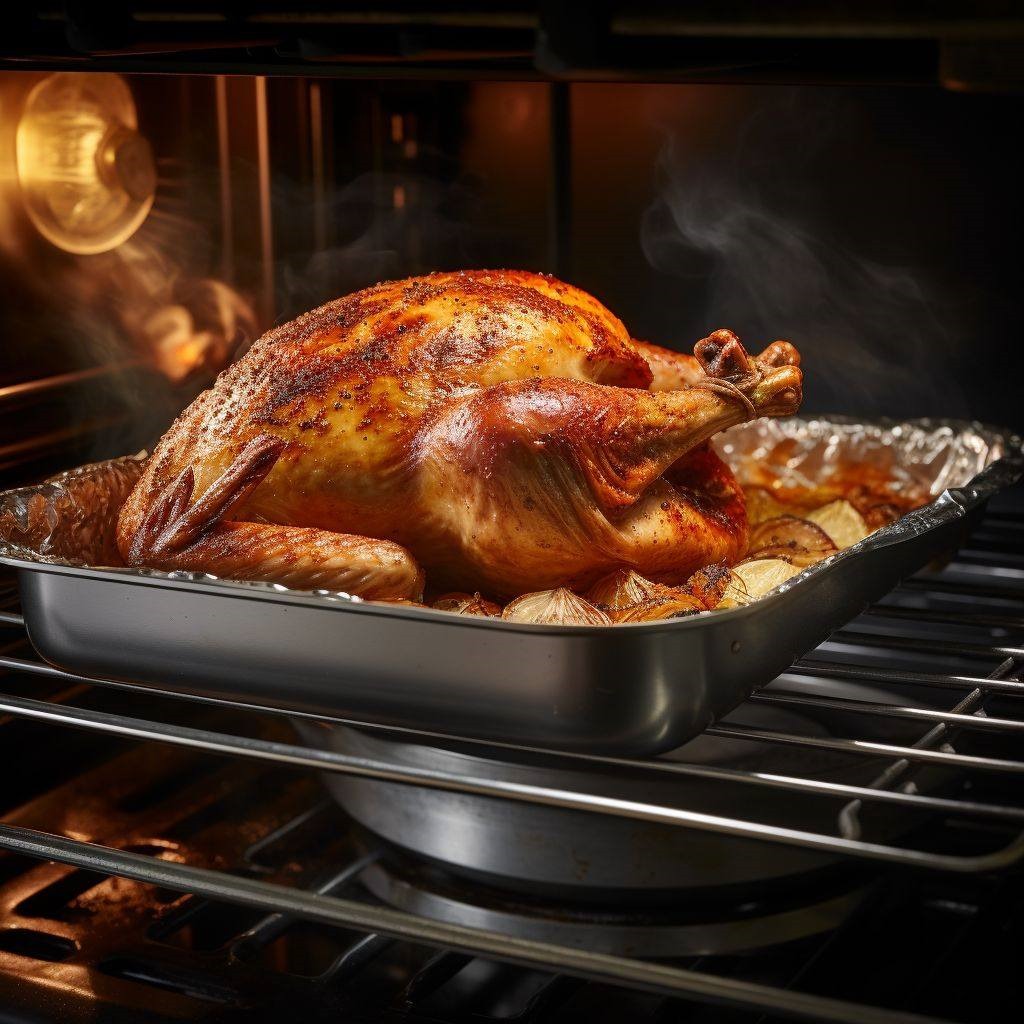* **Reduced Browning and Flavor:** A wet environment can inhibit the Maillard reaction (the browning that creates flavor), meaning your turkey skin may not crisp up as well.
* **Steaming Instead of Roasting:** Water in the pan can essentially steam the bottom of the turkey, especially if the bird sits directly in the liquid. This may lead to rubbery skin and a less roasted texture.
* **Diluted Drippings:** If you plan to use the drippings for gravy, adding water may thin them out and reduce the richness of your final sauce.
### Best of Both Worlds: A Compromise
If you’re concerned about the drippings burning or the turkey drying out, here are a few alternative strategies:
* **Use a Roasting Rack:** Elevate the turkey above the pan. This keeps the bird out of any liquid that collects below, promoting airflow and even browning.
* **Start with Dry Heat, Then Add Liquid (Optional):** Begin roasting the turkey dry. If the drippings begin to scorch, you can add a small amount of water, broth, or wine later in the process—usually after the first hour or two.
* **Tent with Foil (if needed):** If the turkey is browning too quickly or drying out, a loose foil tent over the top can help retain moisture without steaming the entire bird.
### Final Verdict
**Do not add water to the turkey roasting pan at the start** unless you have a specific reason—like needing to prevent burning drippings or making a certain type of gravy. For a crisp-skinned, flavorful bird, dry roasting on a rack is generally the best method.
Happy roasting!
—
Would you like this formatted for a blog post or printed recipe card style?
ADVERTISEMENT

